.png)
Journal: Pediatrics
Author: Kirby R. Qin
IF: 9.703
Published: February 2021
.png)
Objective: The aim of this trial was to determine whether the mini-midline catheter (LPC) could reduce catheter failure rates (defined as failure due to complications before completing treatment, such as catheter removal) and the total number of catheters used in children requiring prolonged intravenous (IV) therapy.
Methods: This open-label, randomized controlled trial was conducted at Monash Children's Hospital in Melbourne, Australia. Children aged 1 to 17 years who required surgery and post-operative intravenous therapy for more than 48 hours were included. Participants were randomly assigned to either a 2.5 cm 22G intravenous catheter (IV) or an 8 cm 22G mini-midline catheter (LPC).
Results: A total of 72 children were randomized, with 36 assigned to each group (IV catheter and LPC). The median duration of IV therapy was 5.1 days. The catheter failure rate was higher for the IV group (66.7%) compared to the LPC group (19.4%). Exudation was the most common cause of failure in the IV catheter group (33.3%). The LPC demonstrated a favorable dwell time (4.7 days vs. 3.5 days [median]). The completion rate of therapy with a single catheter was significantly higher in the LPC group (80.6%) compared to the IV catheter group (38.9%).
Conclusion: The mini-midline catheter (LPC) can reduce catheter failure rates and the total number of catheters used in children, and it is considered the preferred device for peripheral access in children requiring extended IV therapy.
Study Purpose
To determine whether the mini-midline catheter (LPC) can reduce catheter failure rates and the total number of catheters used in children requiring prolonged IV therapy (complications include: exudation, phlebitis, dislodgement, occlusion).
Study Methods
Study Period: 2018–2019
Location: Monash Children's Hospital, Melbourne, Australia
Participants:
Inclusion Criteria: Children aged 1–17 years requiring surgery and post-operative intravenous therapy for more than 48 hours.
Exclusion Criteria: Children under 12 months of age, patients requiring midline access, patients with connective tissue disorders, hematologic disorders, or those allergic to multiple catheter dressings.
Catheter Insertion Techniques:
IV Catheter: Standard non-touch technique with sterile gloves
Mini-Midline Catheter: Sterile technique with sterile gloves and sterile barriers, inserted using the Seldinger technique
Skin Disinfection: 70% alcohol and 2% chlorhexidine solution
Data Statistical Analysis: SPSS version 23 (IBM SPSS Inc.) and GraphPad Prism version 8 (GraphPad Software, San Diego, CA) were used for statistical analysis.
Study Results
LPCs have a clear advantage in dwell time.
Catheter failure rates for single catheter therapy completion:
IV Catheter: 66%
Mini-Midline Catheter: 19.4%
Single catheter therapy completion rate: The LPC group had a completion rate of 80.6%, twice as high as the IV catheter group (38.9%).
Complication Rates:
IV Catheter: 187.9 per 1,000 catheter days; 12 cases of exudation (2 cases were grade 3, involving extensive upper limb edema lasting several days and requiring treatment)
Mini-Midline Catheter: 41.0 per 1,000 catheter days; 1 case of grade 2 exudation
.png)

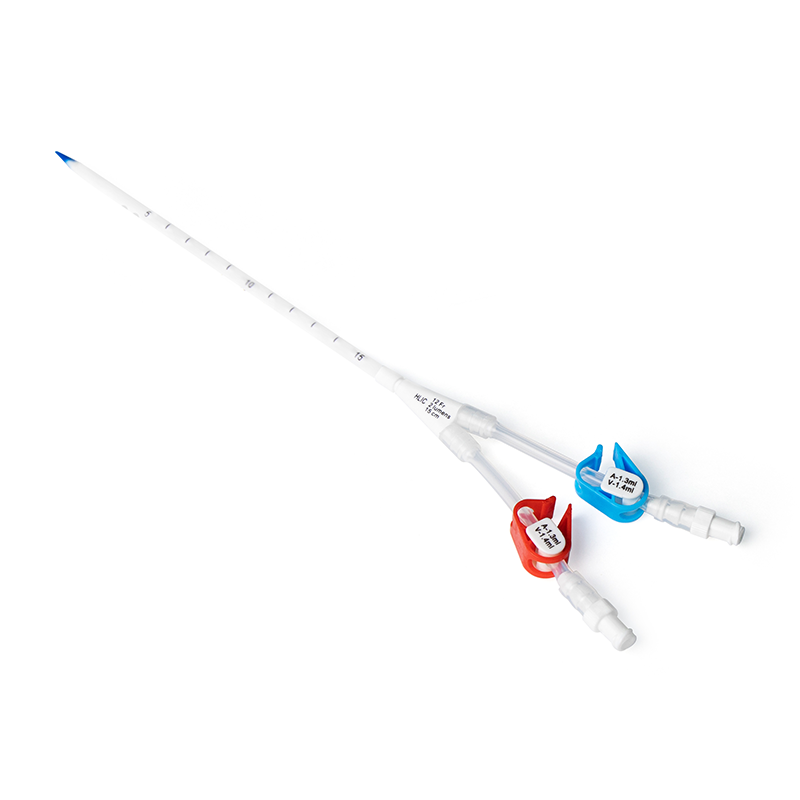
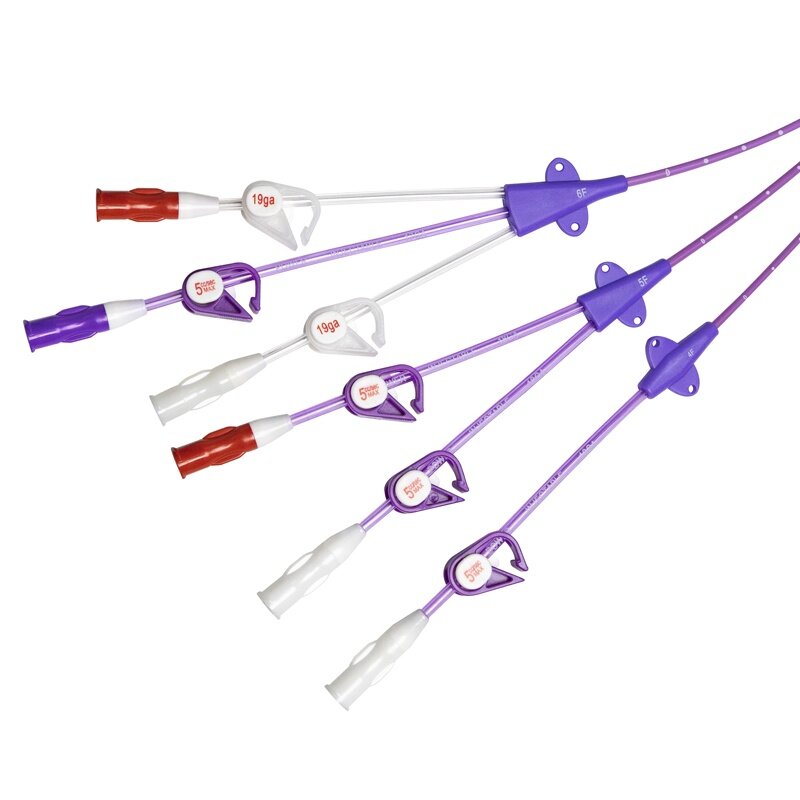
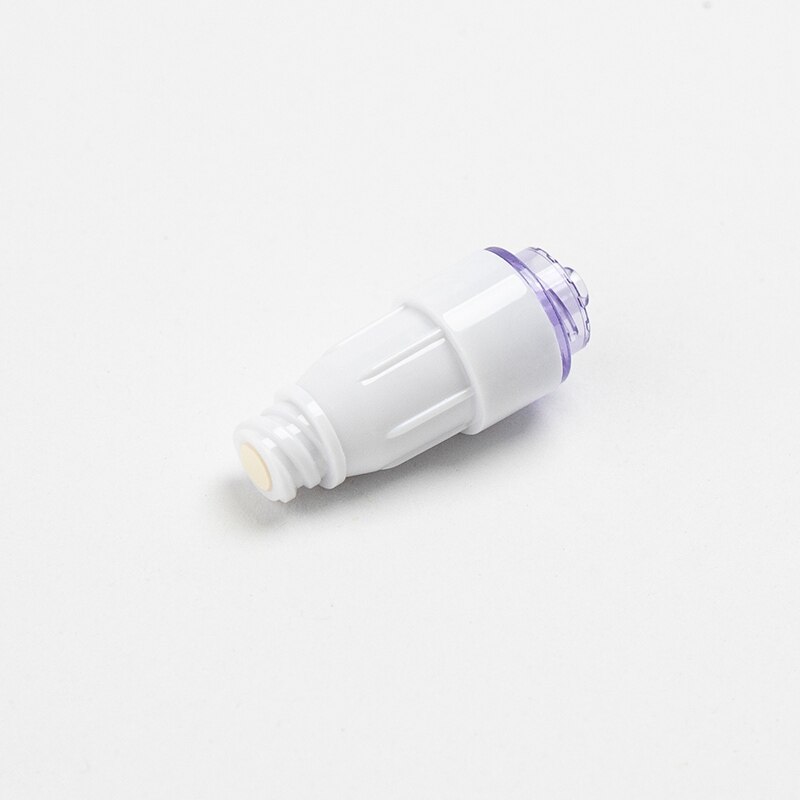
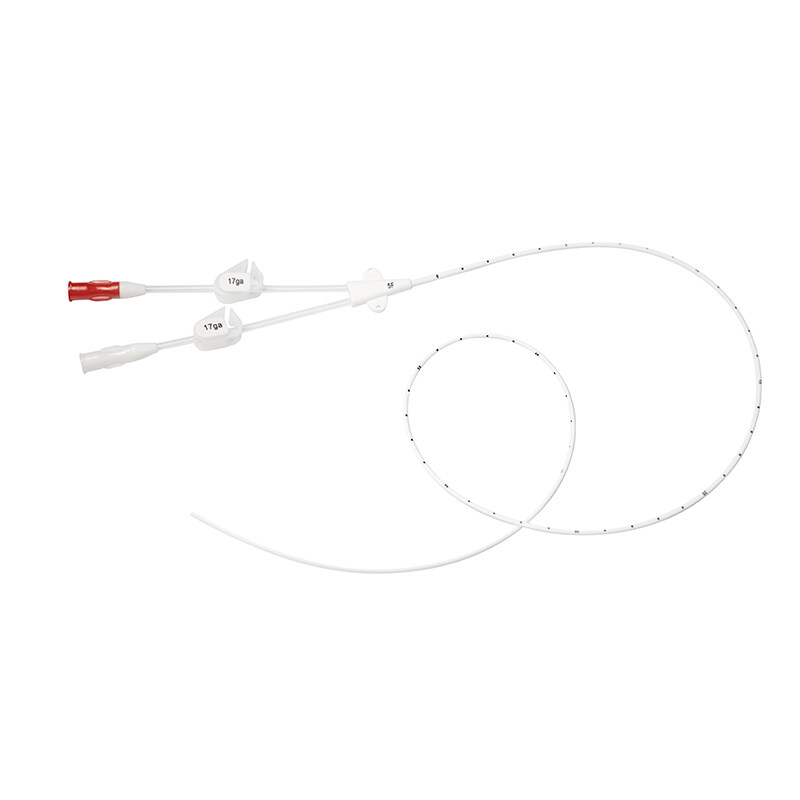
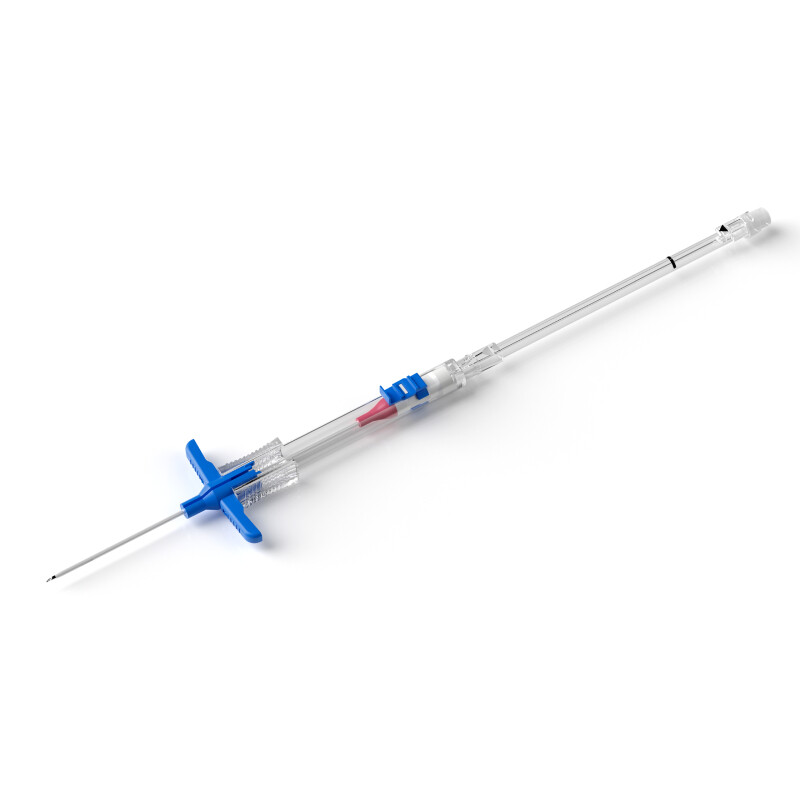
.png)
.png)
.png)